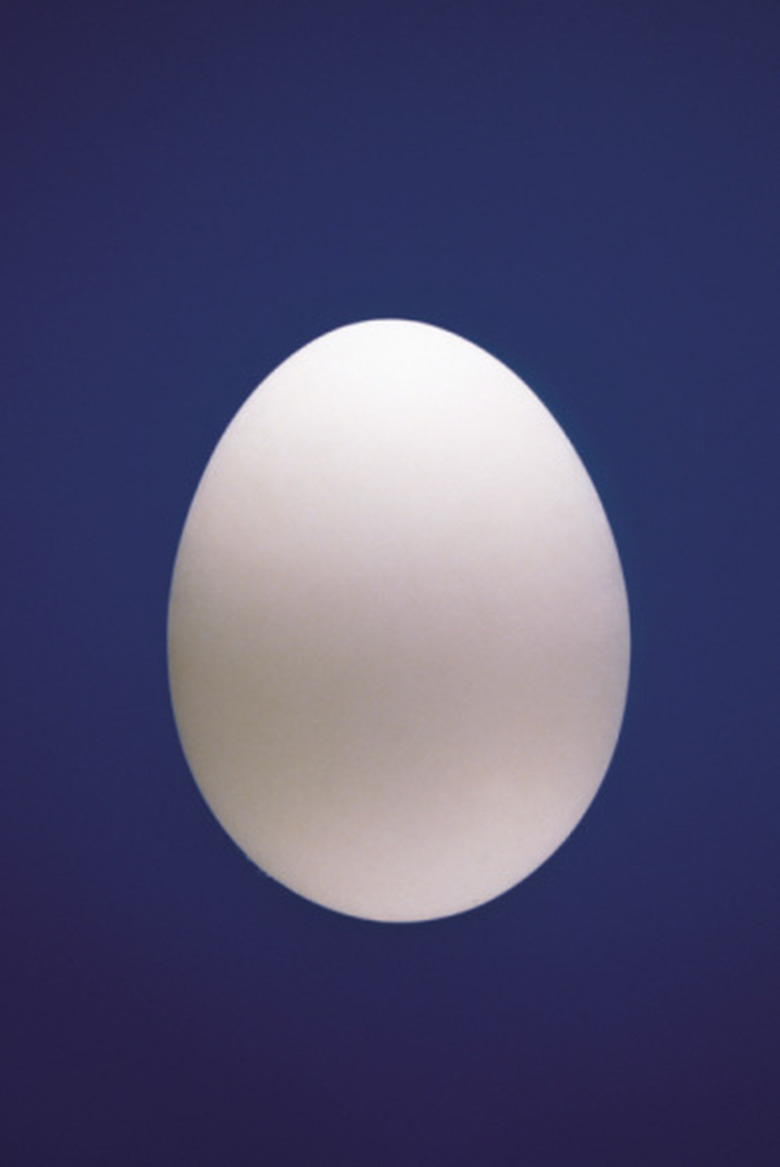How To Float An Egg In Water
If you've ever dropped an uncooked egg into a glass of water, you may have noticed that the egg sinks to the bottom of the glass. This happens because the density of the egg is greater than the density of the water. You can teach children about density and how it affects an object's buoyancy with a simple experiment. Once you change the density of the water, the same egg that once sank to the bottom of the glass will float on top of the water.
Step 1
Fill a four cup glass measuring cup with 3 cups of cold water.
Step 2
Place an uncooked egg into the measuring cup and observe how the egg sinks to the bottom of the cup. Remove the egg from the cup before you continue.
Step 3
Pour 1/4 cup of salt into the measuring cup and stir the water with a spoon until the salt dissolves.
Step 4
Place the uncooked egg in the water again and observe how the egg floats on the water.
Things Needed
- 4-cup glass measuring cup
- 3 cups of cold water
- Uncooked egg
- 1/4 cup of salt
- Spoon
TL;DR (Too Long; Didn't Read)
The egg floats after you added salt to the water because the salt changed the density of the water. While fresh water is less dense than an egg, salt water is denser than an egg.
If the egg does not float in Step 4, add another tablespoon of salt to the water to increase its density.
References
- "The Book of Totally Irresponsible Science"; Sean Connolly; 2008
Cite This Article
MLA
McCoy, Kittie. "How To Float An Egg In Water" sciencing.com, https://www.sciencing.com/float-egg-water-8400719/. 24 April 2017.
APA
McCoy, Kittie. (2017, April 24). How To Float An Egg In Water. sciencing.com. Retrieved from https://www.sciencing.com/float-egg-water-8400719/
Chicago
McCoy, Kittie. How To Float An Egg In Water last modified March 24, 2022. https://www.sciencing.com/float-egg-water-8400719/
